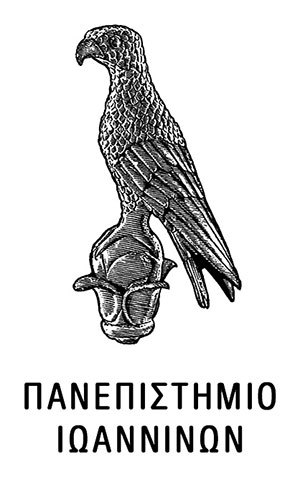Additions of the substituted diphenylmethyl radicals Ar1Ar2CR 2 (R = CMe3, SiMe3, GeMe3, SnMe3, OSiMe3, CF3, CO2Me, CN) to various acrylonitriles CH2 = C(X)CN 3 (X = SMe, SiPr, StBu, OAc, OSiMe3, OSiEt3, OMe, OEt) lead to 1,2-5 or 1,4-adducts 6 (ketenimines), depending mainly on the steric hindrance by the substituents R and X. Bulky substituents like tBu in 2 and tBuS in the acrylonitrile favour the formation of the extended and nearly strainless ketenimine system 6 (1,4-adduct); smaller substituents like OSiMe3 (radical 2) and SMe, OAc, OSiMe3, OSiEt3, OMe, OEt (acrylonitrile) allow isolation of the sterically crowded 1,2-adducts. Substituents of intermediate bulkiness like CF3 (radical 2) and SiPr (acrylonitrile) give a mixture of 1,2-adducts (6cb,hb) and dimers 7 of the adduct radicals 4 (7cb,hb). The voluminous tBu group directly bound to the olefin (3j,k) prevents addition. The latter is generally reversible, and the various adducts 5, 6, or 7 dissociate to the adduct radicals 4 and/or fragment to the initial radicals 2 at temperatures which reflect the steric strains of the corresponding substituents R, X. The complete inertness, even toward the electron-rich olefin 3i, of the electrophilic alpha-carbonyl-substituted radicals 2q-s (R = CHO, COMe, COPh) in the above additions is discussed. Additions of the radicals 2a-c,f,i,n,o to the conjugated olefin 3n are described and are in accordance with the conclusion that steric effects predominate in adduct formation, whereas electronic effects are of distinct but minor importance.
(EN)

